
Conflicting Views: Professionally Handle All Conflicts Within The Organization
¥24.44
Conflicting Views: Professionally Handle All Conflicts Within The Organization

Tested Sentences That Sell
¥40.79
Tested Sentences That Sell

Rabindranath Tagore's Selected Stories
¥24.44
Rabindranath Tagore's Selected Stories

Candy Crush Jelly Saga Tips, Cheats and Strategies
¥2.78
Candy Crush Jelly Saga Tips, Cheats and Strategies

Blitz Brigade Online FPS Fun Game Guides Walkthrough
¥2.78
Blitz Brigade Online FPS Fun Game Guides Walkthrough

Technology Jokes
¥4.09
Technology Jokes
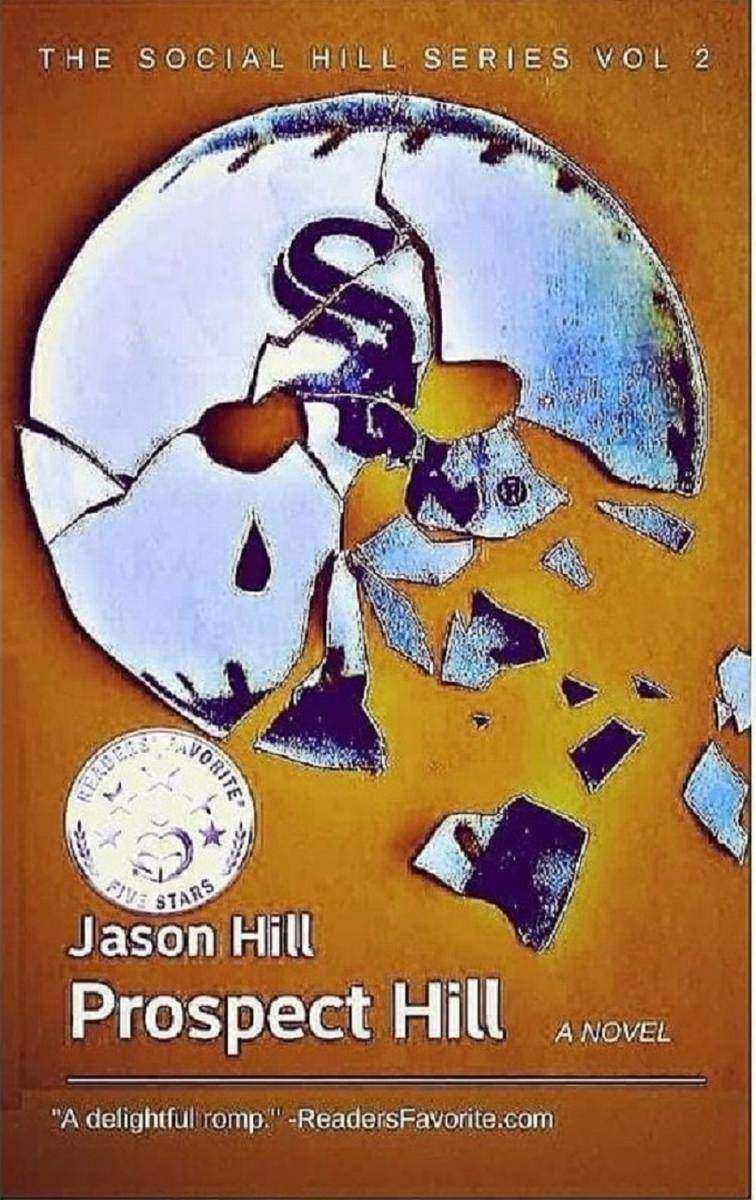
Prospect Hill
¥40.79
Prospect Hill
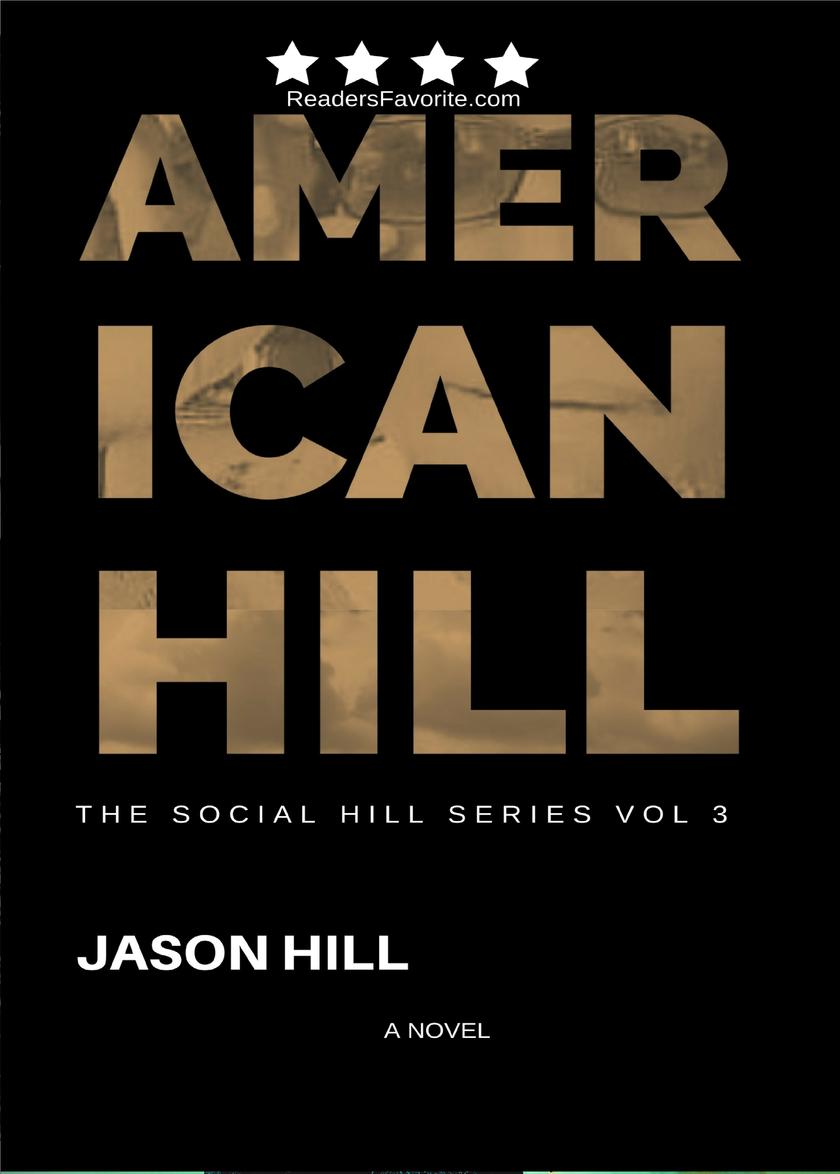
American Hill (THE SOCIAL HILL SERIES, #3)
¥40.79
American Hill (THE SOCIAL HILL SERIES, #3)

Prepping
¥24.44
Prepping

Save the Planet: Reduce, Reuse, and Recycle
¥32.62
Save the Planet: Reduce, Reuse, and Recycle

Anekdoták
¥24.44
Vidám, r?vid valós t?rténetek a szerz? és családja életéb?l.

On Quiet Nights
¥65.32
There's a place inside us that is cloaked in darkness, rubbed raw with silence. It's a shadow wrapped in a shadow and it screams, but it screams in harsh whispers. This collection explores the blackness within, the gritty underground that hides inside memories and cowers just outside fear. The poems, paired with illustrations from Matthias Matthies work in sync to create a collage of blunt sexuality, masochistic, and sometimes sadistic recollections of love, reflection, and self-exploration.??Lindemann paints pictures with his poems, a slave to the vulnerability and sexuality that drives mankind. His words themselves are body modifications that settle on readers, piercing then slowly penetrating and pumping his audience full with a mix of pleasure and pain. A combination of longing, emotional depth, and bestial intuition, these pieces evoke an innate nature to seek pleasure, to ask for forgiveness, to instill blame. ??On Quiet Nights pulls back the curtains at night and asks readers to think about who they are. Lindemann holds a mirror to soul, capturing desire and need, with the courage to answer some of life's biggest questions: Who am I? What am I? Why am I?
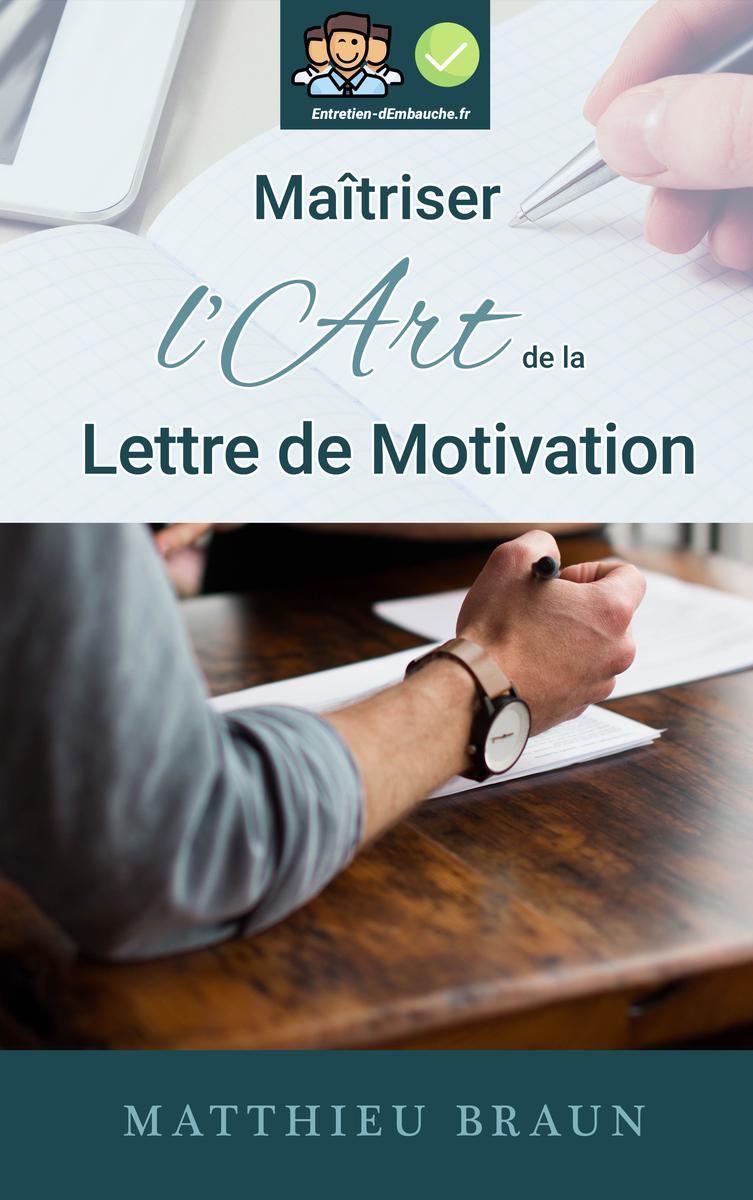
Ma?triser l'Art de la Lettre de Motivation: ...et décrocher plus d'entretiens d'
¥130.72
Ma?triser l'Art de la Lettre de Motivation: ...et décrocher plus d'entretiens d'embauche
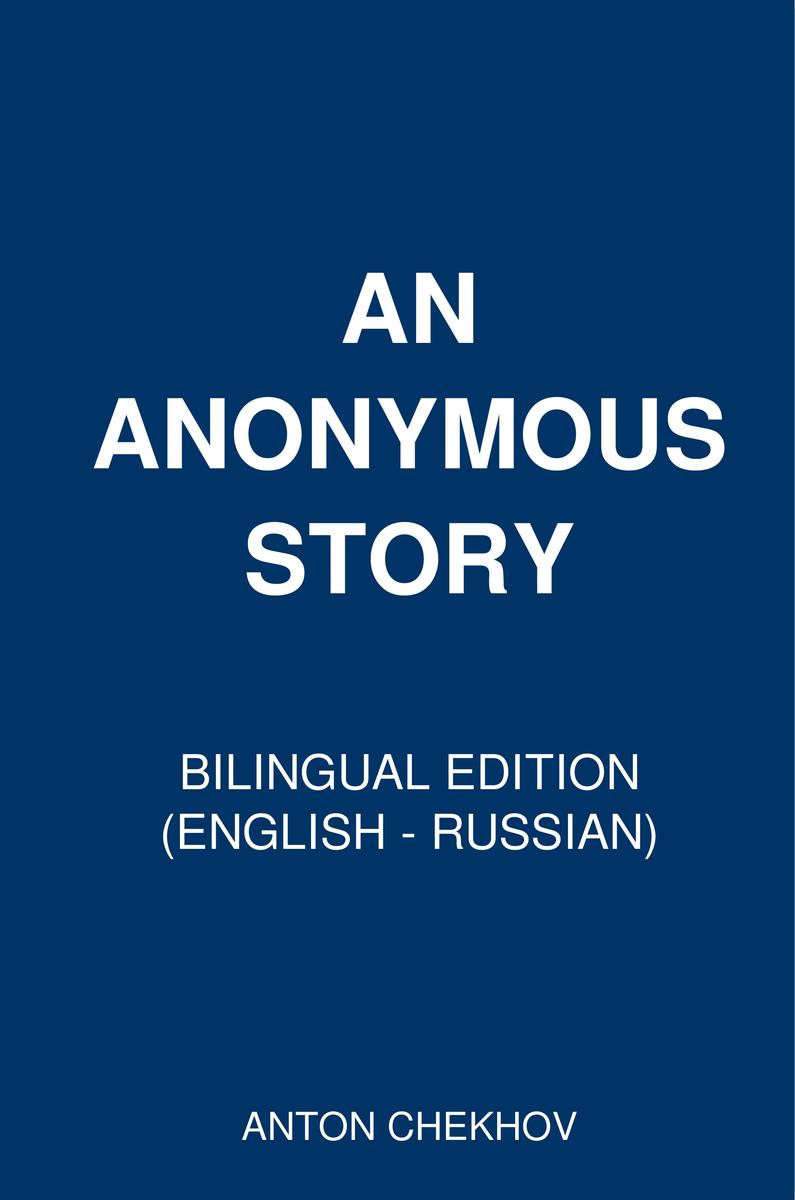
An Anonymus Story: Bilingual Edition (English - Russian)
¥40.88
An Anonymus Story: Bilingual Edition (English - Russian)

The Witch: Bilingual Edition (English - Russian)
¥40.88
The Witch: Bilingual Edition (English - Russian)
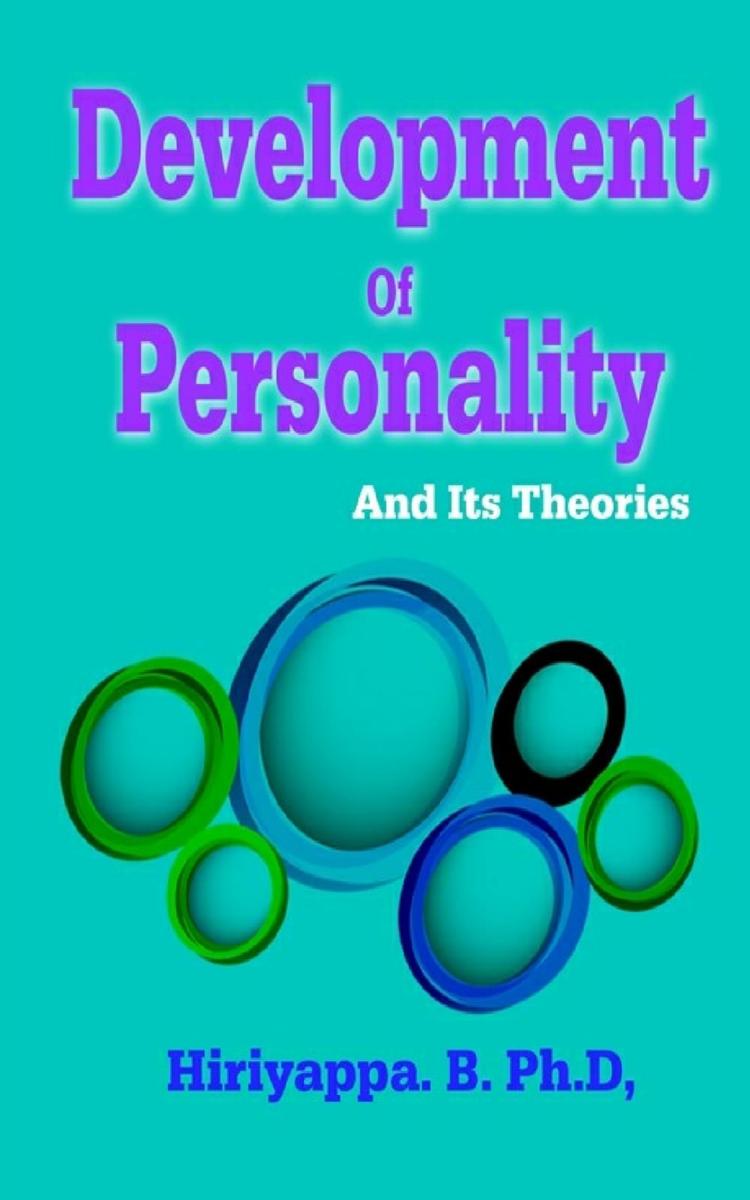
Development of Personality and Its Theories
¥40.79
Development of Personality and Its Theories
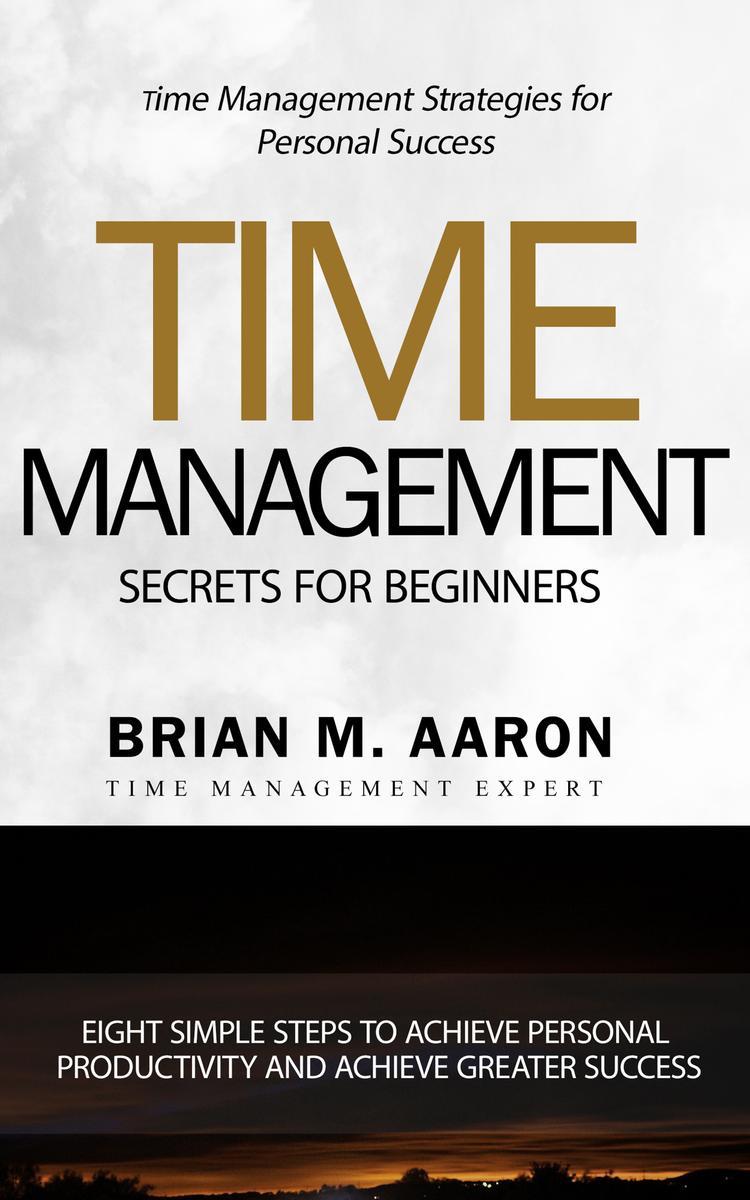
Time Management Secrets for Beginners
¥48.97
Time Management Secrets for Beginners

Work From Home: Starting Your Career In Graphic Design Freelancing
¥57.14
Work From Home: Starting Your Career In Graphic Design Freelancing
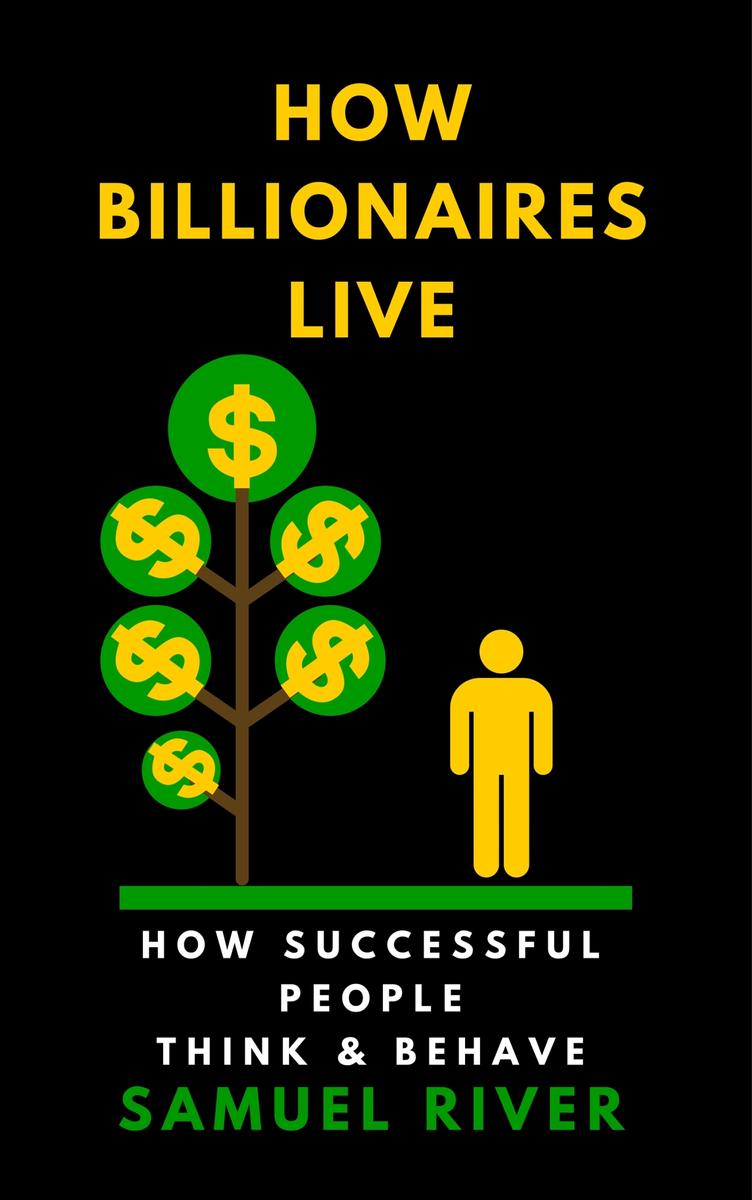
How Billionaires Live: How Successful People Think and Behave
¥23.30
How Billionaires Live: How Successful People Think and Behave
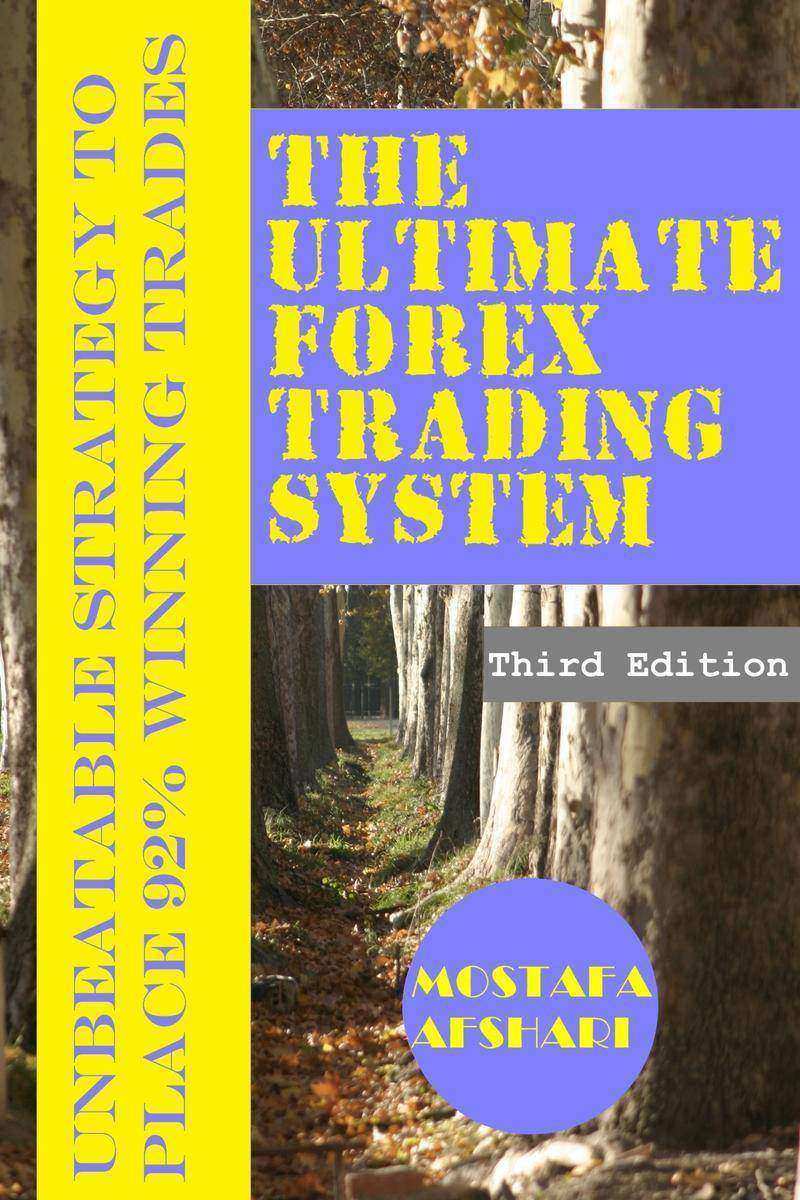
The Ultimate Forex Trading System: Unbeatable Strategy to Place 92% Winning Trad
¥237.08
The Ultimate Forex Trading System: Unbeatable Strategy to Place 92% Winning Trades

Rudin: Bilingual Edition (English – Russian)
¥40.88
Rudin: Bilingual Edition (English – Russian)




 购物车
购物车 个人中心
个人中心



